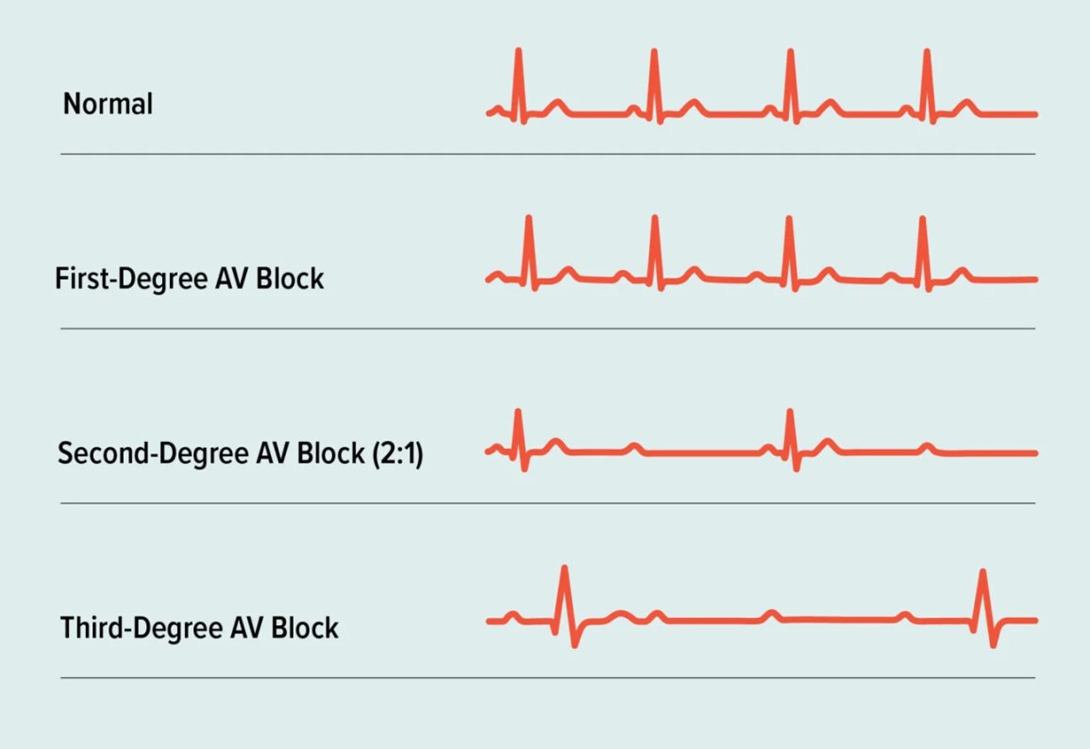A client experiencing recurrent episodes of depression expresses a desire to discontinue the prescribed antidepressant medication. The client reports feeling less depressed after taking the medication for the past few weeks but dislikes the side effects. What is the best response for the nurse to provide?
Advise the client to discuss the medication's side effects with the healthcare provider.
Remind the client that feeling better indicates the therapeutic effect of the medication.
Inform the client that gradual tapering is necessary to discontinue the medication.
Assure the client that the medication's side effects will likely dissipate over time.
None
None
The Correct Answer is A
Choice A reason: When a client expresses concerns about medication, especially antidepressants, the nurse should encourage open communication with the healthcare provider. The provider can assess the situation, address side effects, consider adjusting the dosage, or explore alternative medications if needed.
Choice B reason: Reminding the client of the therapeutic effects is helpful for understanding the benefits of the medication, but it does not provide guidance on how to safely discontinue it.
Choice C reason: Tapering is essential for discontinuation, but it should be done under medical supervision. The nurse should first encourage the client to speak with their provider rather than assuming immediate discontinuation.
Choice D reason: While side effects may dissipate over time, this does not provide a solution for the client who wishes to stop the medication now. It is also not guaranteed that all side effects will diminish.
Nursing Test Bank
Naxlex Comprehensive Predictor Exams
Related Questions
Correct Answer is C
Explanation
Choice A reason: Applying a water-soluble lubricant to the catheter is not recommended during tracheostomy suctioning as it may introduce contaminants.
Choice B reason: Instilling sodium chloride before suctioning is not a standard practice and can lead to complications such as edema.
Choice C reason: Wearing protective goggles is important to protect the nurse from potential splashes of bodily fluids during the suctioning process.
Choice D reason: Instructing the client to cough as the suction tip is removed is not recommended as it can cause discomfort and potential harm to the tracheal lining.

Correct Answer is B
Explanation
Choice A reason: Glaucoma is not directly related to the administration of lidocaine, as it does not affect intraocular pressure or the pathophysiology of glaucoma.
Choice B reason: Heart block is a type of arrhythmia where the electrical signal is delayed or blocked entirely. Since lidocaine affects cardiac conduction, it is crucial to review the medical record for heart block before administration.
Choice C reason: Gastric ulcers are not typically a concern when administering lidocaine, as it does not have gastrointestinal effects when given parenterally.
Choice D reason: Diabetes mellitus is not a contraindication for lidocaine administration; however, monitoring blood glucose levels is always important in diabetic patients receiving any medication.

Whether you are a student looking to ace your exams or a practicing nurse seeking to enhance your expertise , our nursing education contents will empower you with the confidence and competence to make a difference in the lives of patients and become a respected leader in the healthcare field.
Visit Naxlex, invest in your future and unlock endless possibilities with our unparalleled nursing education contents today
Report Wrong Answer on the Current Question
Do you disagree with the answer? If yes, what is your expected answer? Explain.
Kindly be descriptive with the issue you are facing.
